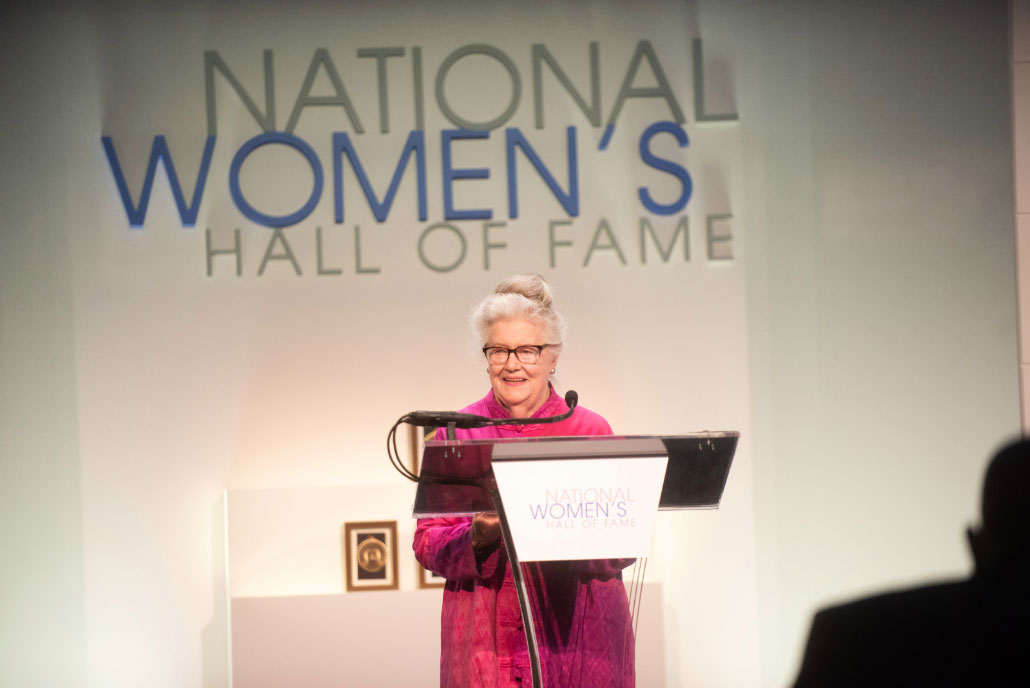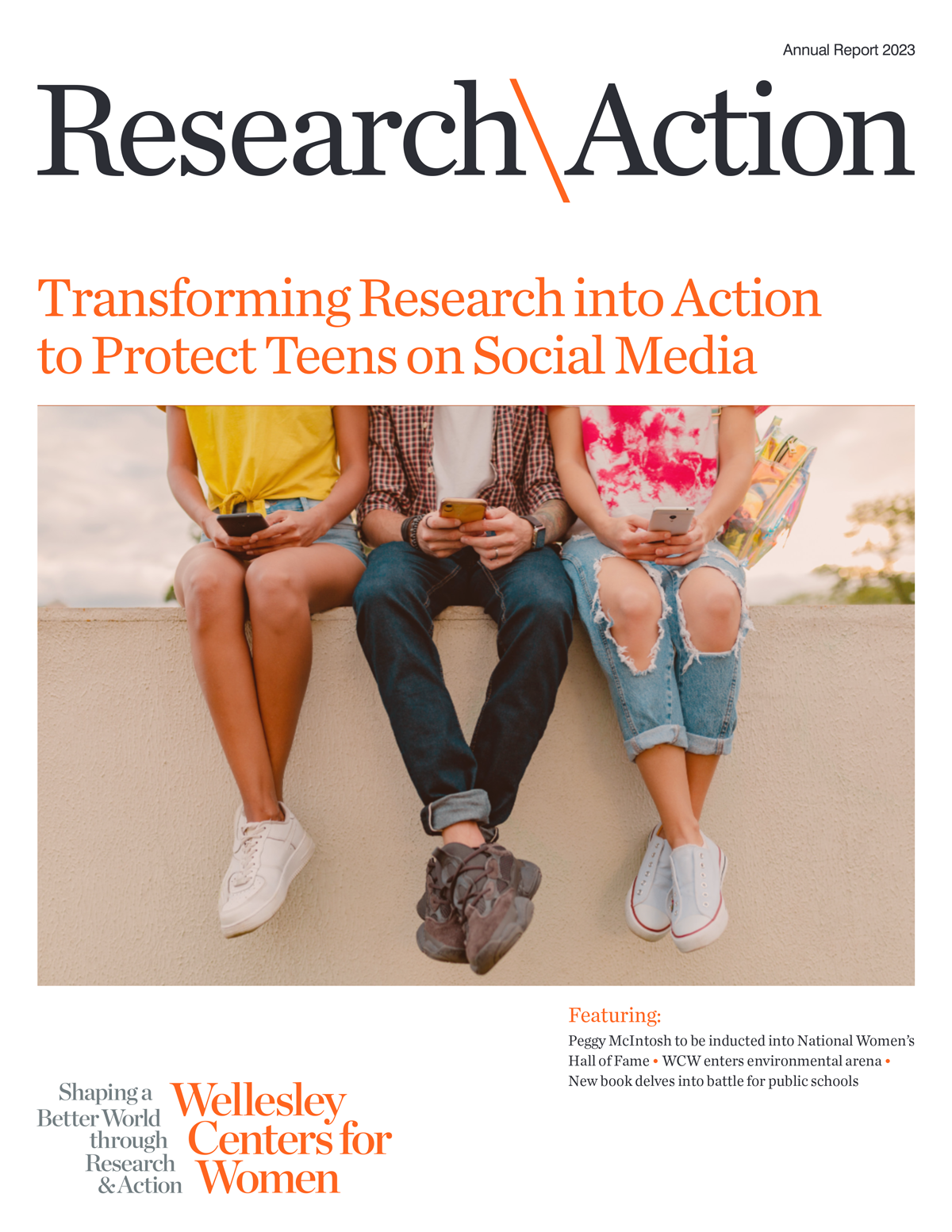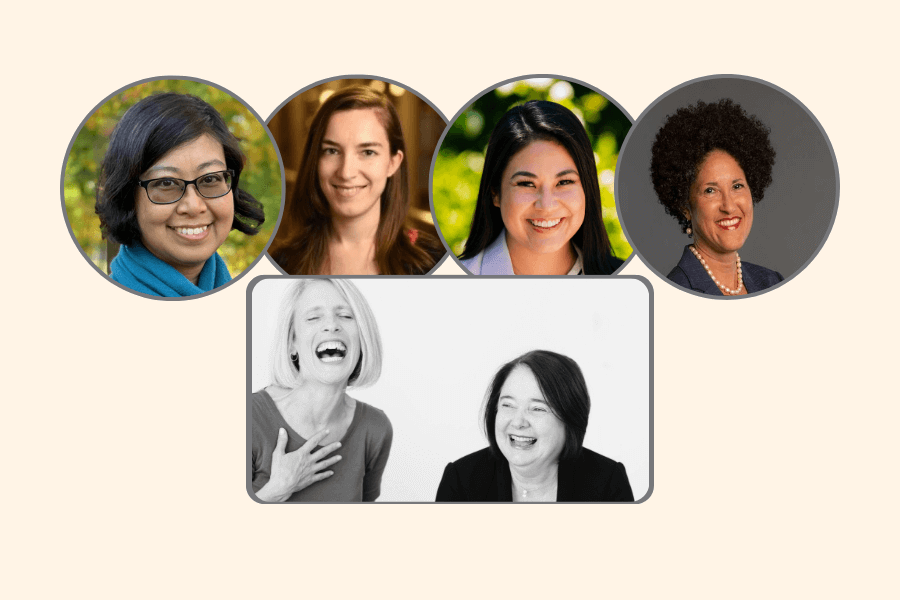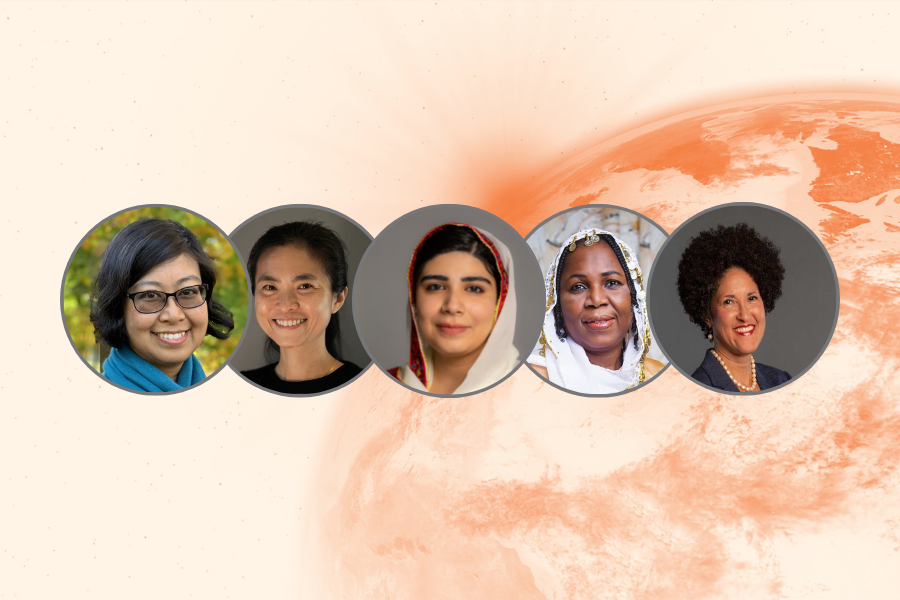
Would Elena Kagan’s Confirmation Change the Way the High Court Deliberates?
by Sumru Erkut, Ph.D., Associate Director and Senior Research Scientist at the Wellesley Centers for Women
July 2010
The U.S. Supreme Court was an old boy’s club before Sandra Day O’Connor was appointed in 1981. O’Connor observed in a speech last year that Presidents Roosevelt and Truman passed on the chance to nominate a woman for fear of making male Justices uncomfortable! With Elena Kagan’s confirmation, we will now have three women Justices. How will this new gender composition effect the functioning of the high court? If corporate boards offer any indication, and I believe they do, the answer could well be that Kagan’s confirmation can make a significant difference. In 2006, my colleagues Vicki W. Kramer and Alison M. Konrad and I produced a report, Critical Mass on Corporate Boards: Why three or More Women Enhance Governance. Our research indicated that three usually represents a tipping point. Having three or more women in a small decision-making group constitutes a critical mass that can transform the way that group operates.
Our research, based on interviews and discussions with women directors, CEOs, and corporate secretaries from Fortune 1000 companies, revealed that having three or more women on a board can enhance corporate governance. The female and male respondents noted that women often bring a collaborative leadership style that benefits boardroom dynamics by increasing listening, social support, and win-win problem-solving. And although women were described often as collaborative leaders, they did not shy away from controversial issues. Contrary to conventional wisdom, many of the men and women we interviewed believed that women are more likely than men to ask tough questions and demand direct and detailed answers. Women also bring new issues and perspectives to the table, broadening the content of boardroom discussions to include the perspectives of multiple stakeholders. Women of color add perspectives that further broaden boardroom discussions.
Why is three the magic number? A lone woman may make substantial contributions, and two women are generally more powerful than one, but reaching the threshold of three or more makes it more likely that women are heard – and that boardroom dynamics change substantially. The core finding is this: When three or more women serve on a board together, having women in the room becomes a normal state of affairs. No longer does any one woman represent the “woman’s point of view,” because the women express different views and often disagree with each other. Women are treated as individuals with different personalities, styles, and perspectives. As for women’s tendencies to be more collaborative and also more active in asking questions and raising tough issues, having three females pushes these qualities to become boardroom norms.
Are these findings relevant to the Supreme Court? Consider that both the high court and corporate boards are “small groups” in that the court has nine members and most corporate boards have between eight and 12. “ The presence of women has also been a rarity in both bodies. Even today, women hold only 15 percent of board seats among Fortune 500 companies. We don’t, of course, know for sure what a third female Justice will bring to the Supreme Court. We might expect to see wider perspectives and more incisive questions than those currently asked from the bench. But if the lesson of women’s inclusion on corporate boards represents any useful blueprint, we could find that Elena Kagan’s confirmation would once and for all put an end to talk about whether or not women have a place on the Supreme Court. The critical mass of three female Justices will make a woman’s presence the norm rather than the exception.











